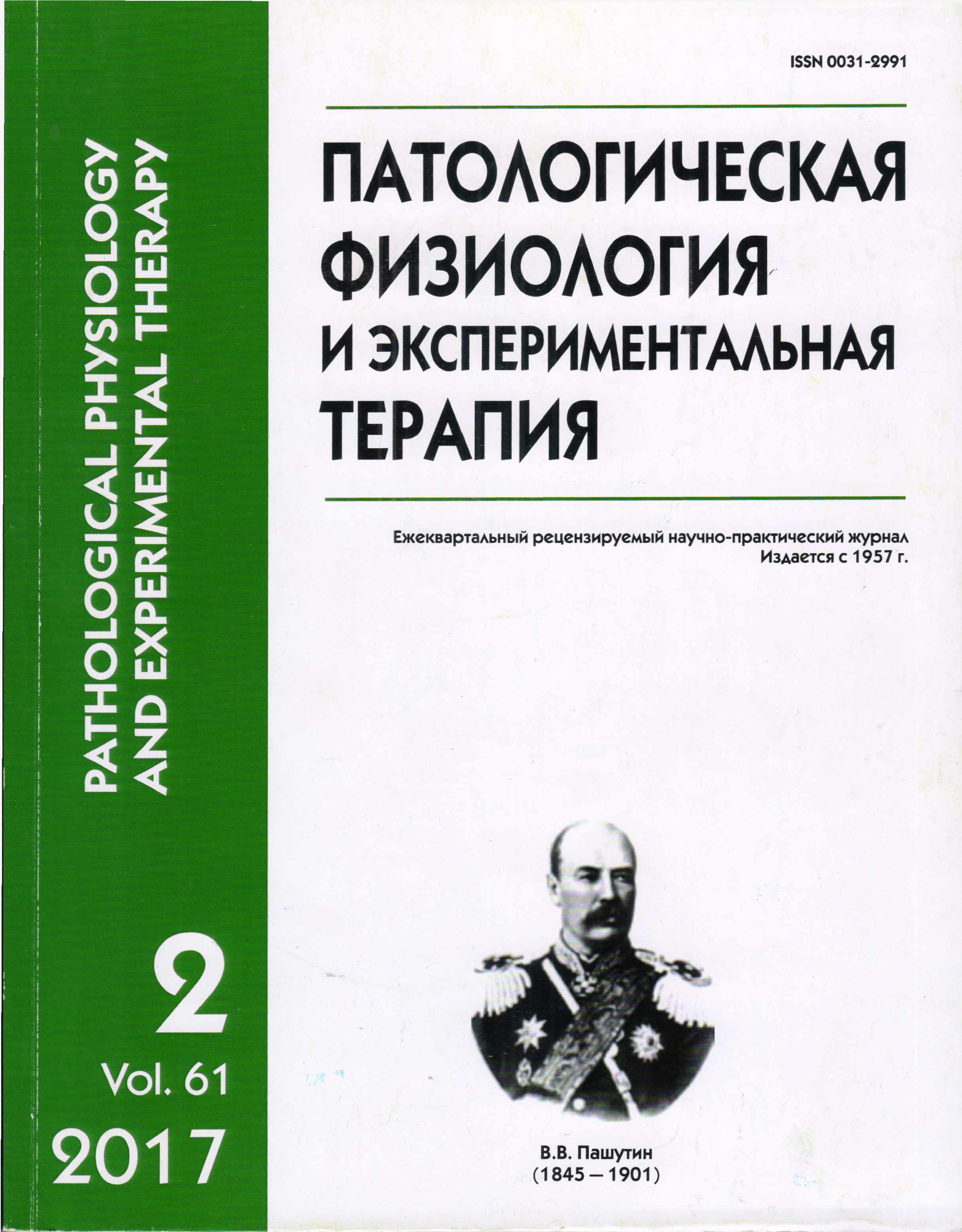Study of mitochondrial dysfunction using cytoplasmic hybrid
Abstract
Aim. This review article describes literature sources devoted to the investigation of mitochondrial dysfunction using cytoplasmic hybrids (cybrids). The presented studies were carried out on cultures of cybrid cell lines HL60, MOL T-4, A549, 143B, HeLa, Arpe-19, HEK-293, SH-SY5Y and NT2. According to the analysis of scientific world literature, some of the most promising models for studying mitochondrial dysfunction are cell cultures without mitochondria (rho0) and cytoplasmic hybrids containing one or several mutations of mitochondrial genome. In the review scientific researches on studying biochemical and molecular cellular pathological processes in cybrid cells in various human diseases such as Alzheimer’s disease and mild cognitive impairment, MERRF and MELAS syndromes, Leber’s optic atrophy and Parkinson’s disease were considered. Material dedicated to cybrids as potential models for the study of treatment possibilities was presented separately. Conclusion. The analyzed in the review rho0-cell cultures and cybrid lines containing mtDNA mutations may be models for the study of mitochondrial genome dysfunctions, biochemical and molecular cellular pathological processes. It is worth noting that in various cell cultures, similar tendencies are observed in functional activity changes of rho0-cell and cybrids compared with native cell lines. For example, such tendencies as reduction of oxygen consumption level, morphological changes of mitochondrial structure, resistance to apoptosis, reduction of ATP consumption level, increase in glucose consumption, activity deterioration of some respiratory chain complexes.






